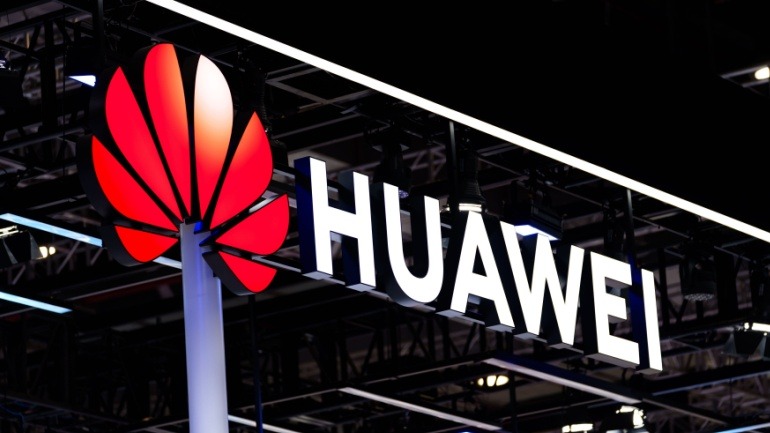MediaTek introduces its newest system-on-chip, the Dimensity 9400+, into the market. This addition to the Dimensity series promises to enhance next-generation Android devices by providing robust generative and agentic AI capabilities, superior power efficiency, and a high-end gaming experience.
The Dimensity 9400+ stands out with its All Big Core CPU architecture. It includes a powerful Arm Cortex-X925 core clocked at 3.73GHz, along with three Cortex-X4 and four Cortex-A720 cores. This setup improves both single- and multi-threaded performance, ensuring a responsive and immersive experience for Android users.
According to JC Hsu, Corporate SVP at MediaTek, “The Dimensity 9400+ will make it easier to deliver innovative, personalized AI experiences on-device, combined with enhanced performance to ensure your device can handle all tasks with ease.”
Highlighting its AI features, the Dimensity 9400+ integrates the MediaTek NPU 890, which supports a variety of large language models and advanced AI frameworks. These include Mixture-of-Experts, Multi-Head Latent Attention, Multi-Token Prediction, and FP8 inferencing. Enhanced with technologies like Speculative Decoding+ and the Dimensity Agentic AI Engine, this chip significantly improves agentic AI performance by 20%.
Further, the chip’s 12-core Arm Immortalis-G925 GPU elevates gaming visuals to a PC-level experience. It ensures consistent gameplay speeds and incorporates MediaTek’s MFRC 2.0+ frame rate converter, effectively doubling FPS while improving power efficiency by 40%.
For imaging, the Imagiq 1090 ISP provides HDR video capabilities. It also introduces features such as Smooth Zoom for focusing on moving subjects, and selective audio capture.
A noteworthy feature is the extended Bluetooth range, now reaching up to 10 km. The Dimensity 9400+ facilitates Dual SIM functionality, allowing for simultaneous 5G and 4G connections, enhancing data flexibility.
Agentic AI represents a significant leap beyond traditional AI models. James Chen, Marketing VP at MediaTek, highlights this shift: “As its name suggests, it’s like an agent. It relies on generative AI, but the new thing is that it also uses a software framework.” This innovation enables devices not just to respond but to act and adapt autonomously, enhancing user interaction and task management.







